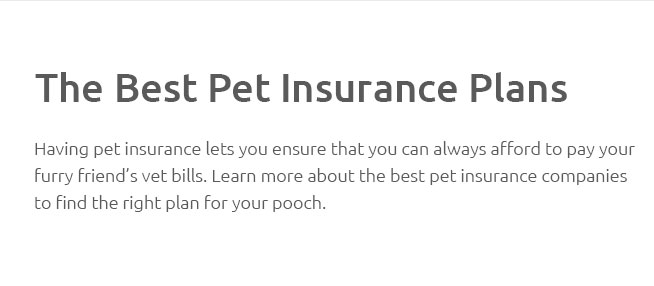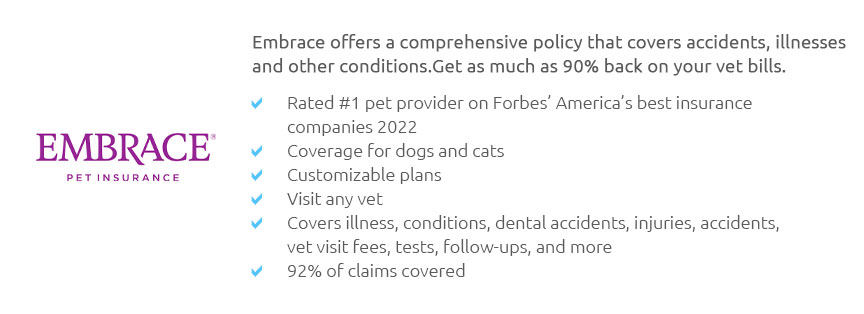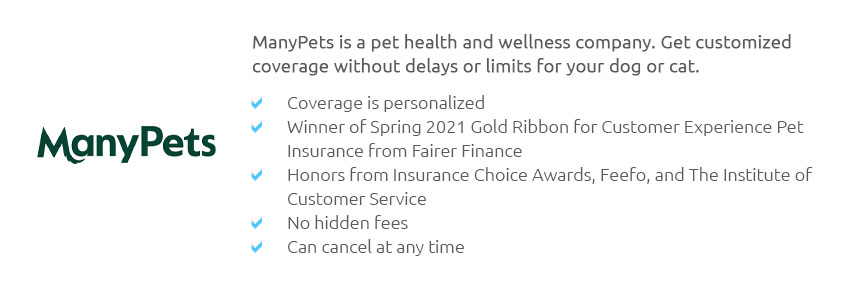 |
 |
 |
 |
 |
 |
|
 |
|
 |
|
 |
|
 |
|
 |
 |
 |
 |
 |
 |
 |
 |
The Average Cost of Pet Insurance: A Comprehensive ExplorationIn recent years, the topic of pet insurance has crept its way into many dinner table conversations, especially among pet owners who are increasingly concerned about the well-being of their beloved companions. As veterinary care advances, it brings with it both lifesaving treatments and, unfortunately, rising costs. This leads many to consider the financial safety net that pet insurance can provide. But, what exactly does the average pet insurance policy cost, and is it worth the investment? According to industry reports, the average monthly premium for dog insurance in the United States hovers around $40 to $60, while for cats, it ranges between $20 and $35. However, these figures can fluctuate significantly based on a myriad of factors. Breed, age, location, and the specific coverage options selected are all instrumental in determining the final price. For instance, a young mixed-breed cat living in a rural area might incur a considerably lower premium compared to an older, purebred dog residing in an urban center. When analyzing the benefits of pet insurance, one must look beyond just the monthly premium.
One might ponder whether the expenditure on pet insurance is justified. Real-world examples can provide clarity. Consider Lucy, a five-year-old Labrador with a penchant for chasing squirrels. Her unfortunate encounter with a car resulted in a hefty $3,000 surgery bill. Her owner, having invested in a mid-tier pet insurance plan, found solace in the fact that 80% of the costs were reimbursed, making the insurance not just a safety net but a financial savior. On the other hand, there's Max, a healthy eight-year-old tabby whose owner decided against insurance. Over the years, Max's veterinary visits were minimal, and his owner has saved money by paying out of pocket. This illustrates the unpredictability of pets' health and the gamble involved in forgoing insurance. As with any financial decision, the choice to purchase pet insurance should be weighed carefully, considering personal circumstances, the pet's health history, and risk tolerance. In essence, while the average cost of pet insurance provides a baseline, the true value lies in peace of mind and the protection it offers against unforeseen medical expenses. Thus, as with many things in life, it's not just about the cost, but the sense of security and the well-being of those we hold dear. https://manypets.com/us/blog/how-much-does-pet-insurance-cost/
On average, a dog insurance policy with ManyPets will cost between $30 and $40 per month. But prices can be higher or lower, depending on the ... https://www.fetchpet.com/pet-insurance-cost
With Fetch, the average cost of dog insurance is $35 per month and the average cost of cat insurance is $20 per month. https://naphia.org/industry-data/section-3-average-premiums/
2023 Average Premiums (U.S.) ; DOG, Annual: $675.61. Monthly $56.30, Annual: $204.16. Monthly $17.01 ; CAT, Annual: $383.30. Monthly $31.94, Annual: $116.11
|